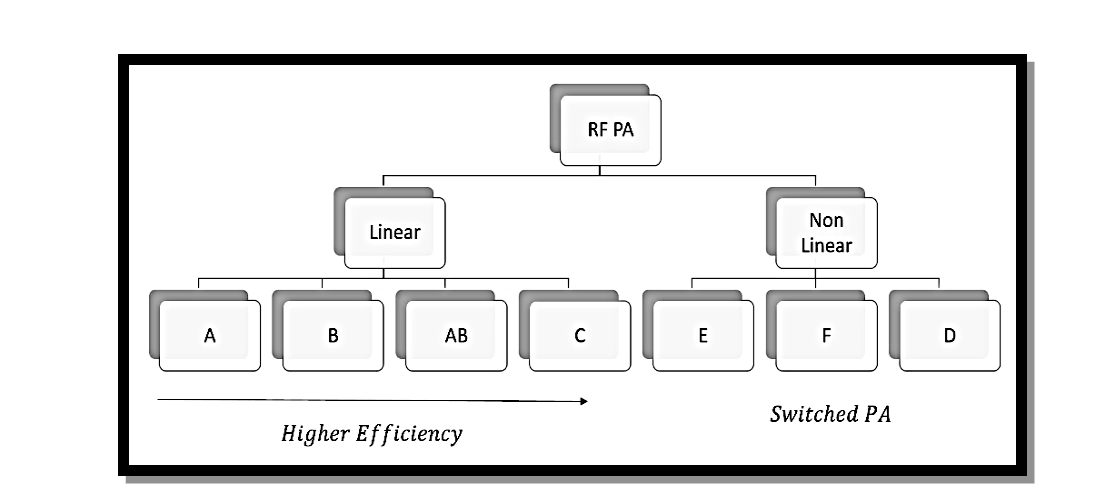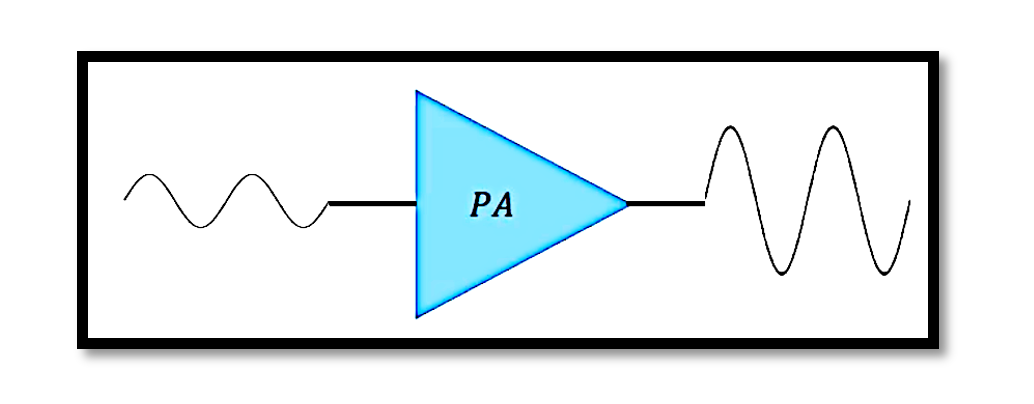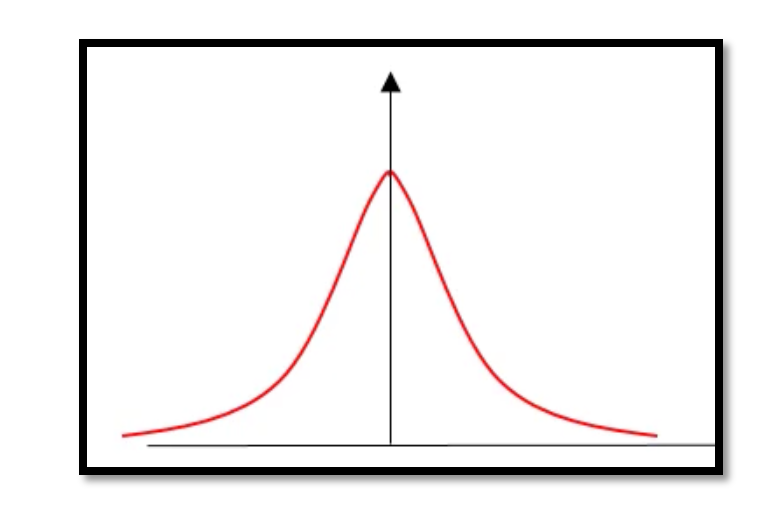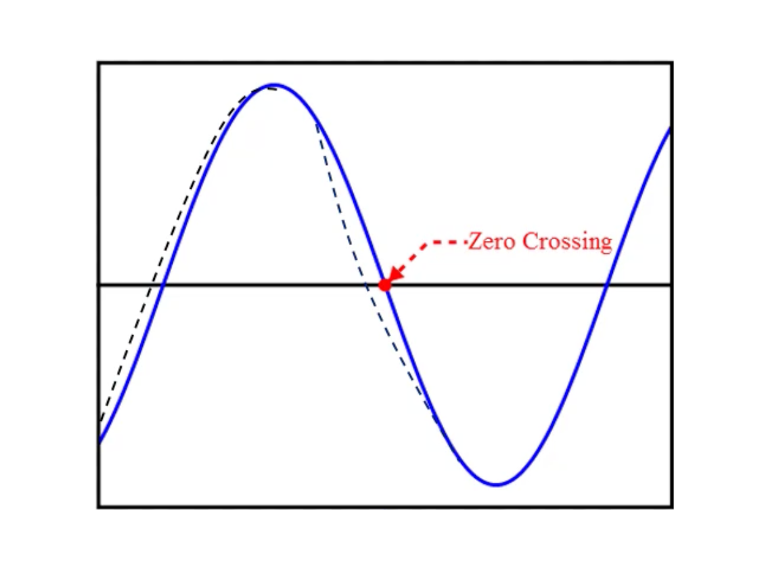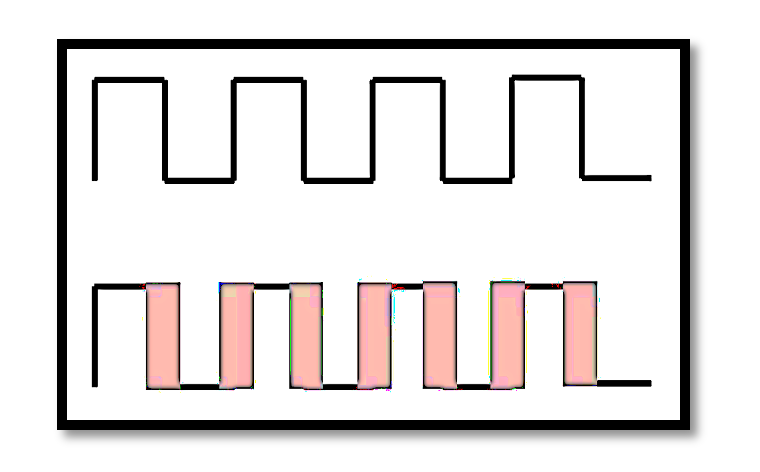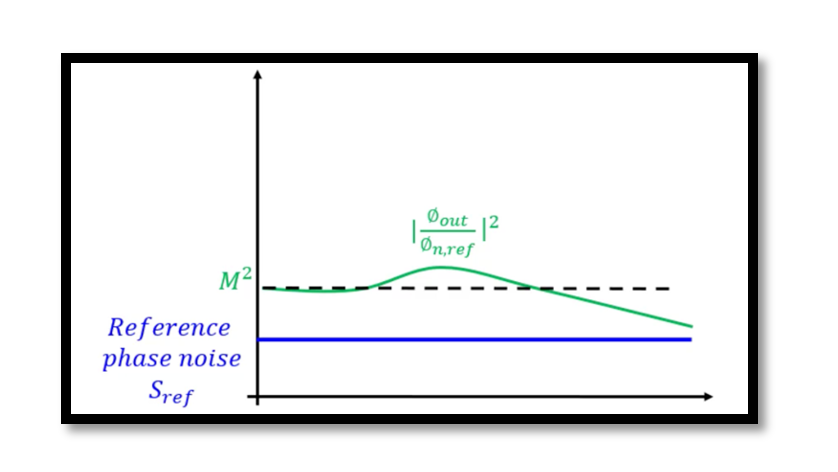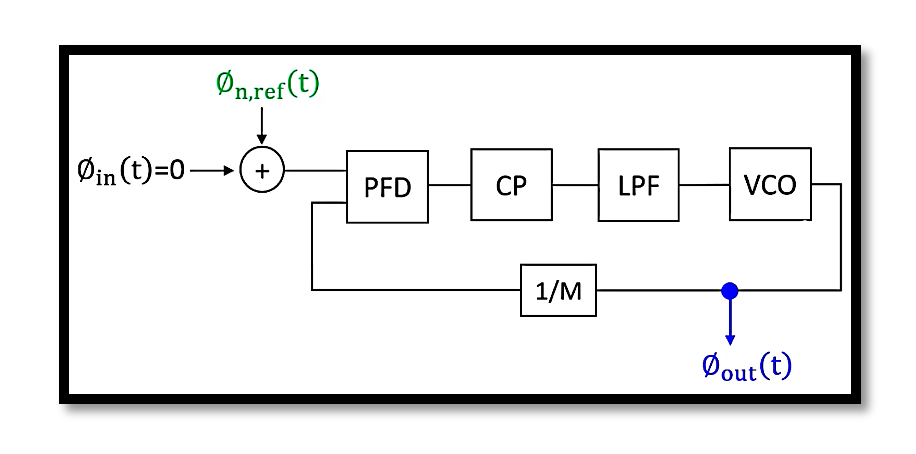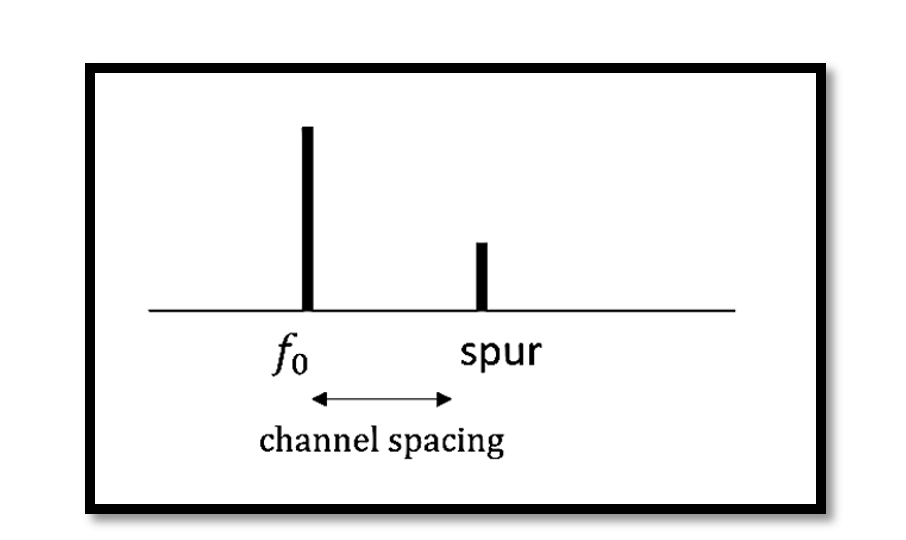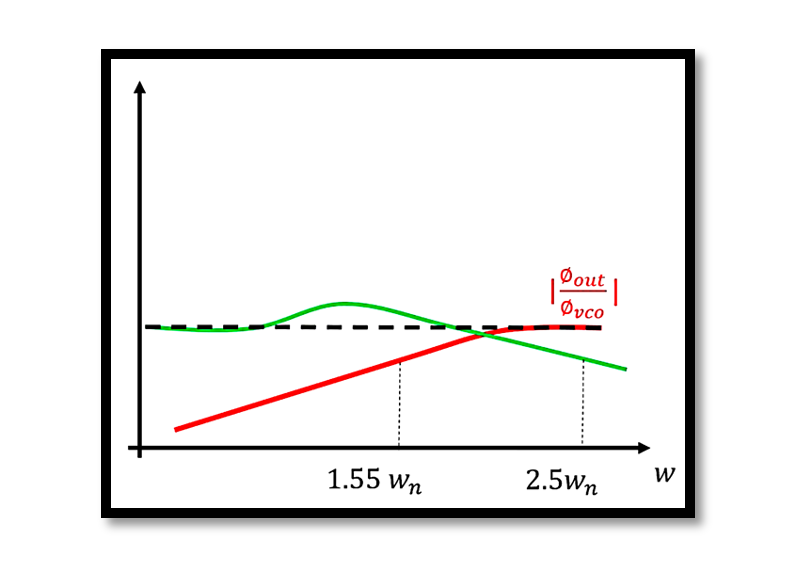Power amplifiers are essential components in various electronic devices, ranging from audio systems to wireless communication systems. Among the different types of power amplifiers, Class A, B, AB, and C are the most commonly used. Each class has unique characteristics, …
Radio Frequency (RF) Power Amplifiers (PAs) are crucial components in wireless communication systems. They amplify low-power RF signals to higher power levels, enabling effective signal transmission over long distances. RF PAs can be broadly classified into two categories: Linear Power …
What is a Power Amplifier? A power amplifier (PA) is a crucial component in various electronic systems, especially in communication devices. It amplifies the power of a signal, making it stronger and more suitable for transmission over long distances or …
Introduction Phase-Locked Loops (PLLs) are essential in various electronic applications, particularly in communications, where they are used for clock generation, frequency synthesis, and phase synchronization. One critical aspect of PLL performance is its transient behavior, which refers to how the …
Phase noise is a critical parameter in the design and analysis of phase-locked loops (PLLs) and oscillators. It represents the short-term, random fluctuations in the phase of a signal and can significantly impact the performance of communication systems. This comprehensive …
Introduction In electronic circuits, particularly those involving signal processing and communications, the stability and precision of oscillators are paramount. Two critical factors that affect the performance of oscillators are jitter and phase noise. This blog will explore these concepts in …
Phase-Locked Loops (PLLs) are fundamental components in various electronic systems, especially in communication and signal processing applications. PLLs are designed to lock the phase of the output signal to the phase of a reference signal, which is critical for maintaining …
Phase noise in Phase-Locked Loops (PLLs) is a critical parameter influencing the performance of communication and signal processing systems. Phase noise arises from various sources within the PLL architecture, each contributing uniquely to the overall noise profile. This detailed analysis …
In the design and application of Phase-Locked Loops (PLLs), spur suppression and phase noise reduction are critical considerations. PLLs are widely used in communication systems for frequency synthesis and clock generation. However, due to circuit non-idealities and variations, spurs and …
A Phase-Locked Loop (PLL) is a feedback control system that synchronizes the phase of its output signal with a reference signal. This synchronization is crucial for many applications such as frequency synthesis, clock generation, and demodulation in telecommunications, computers, and …


